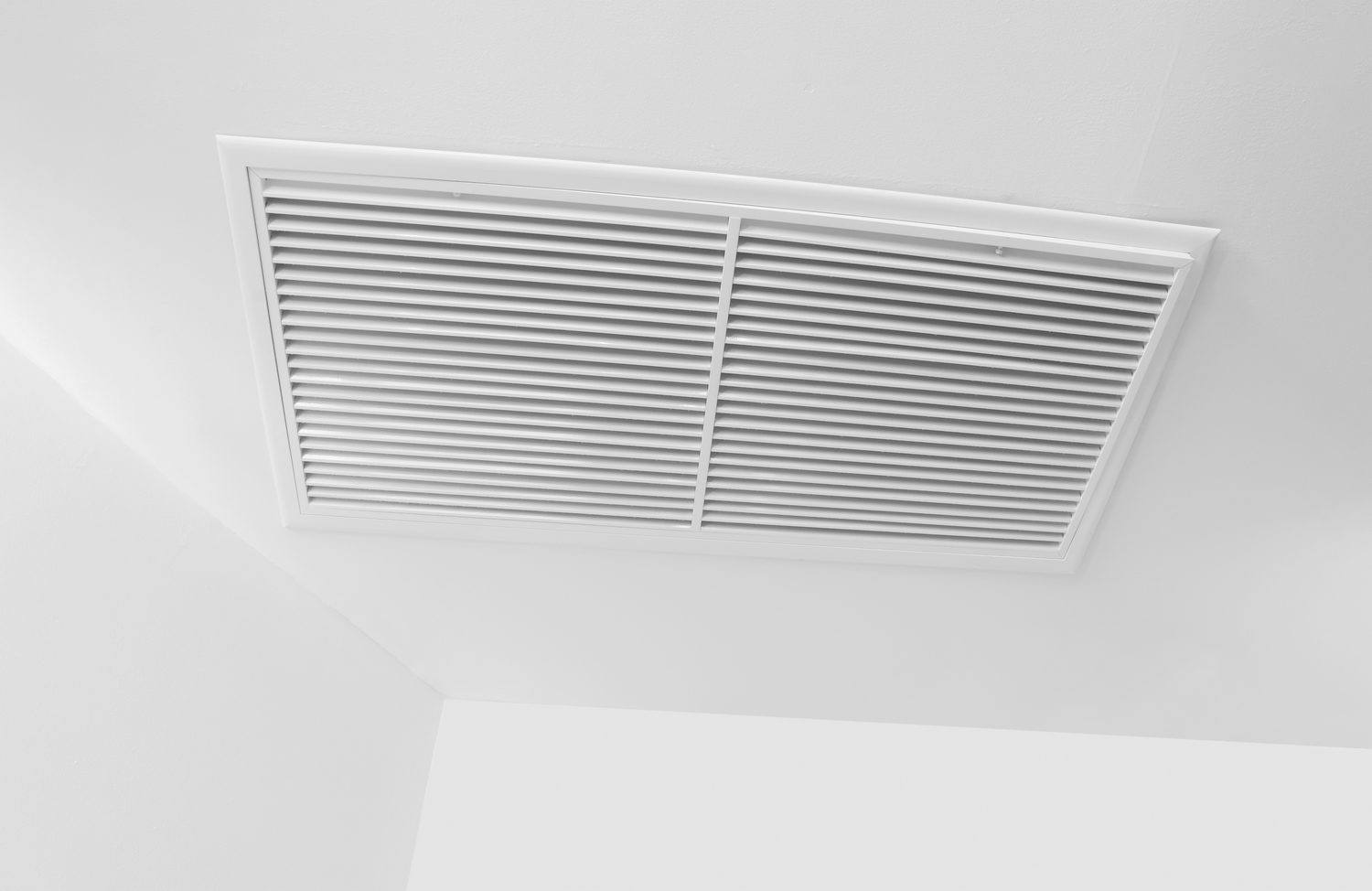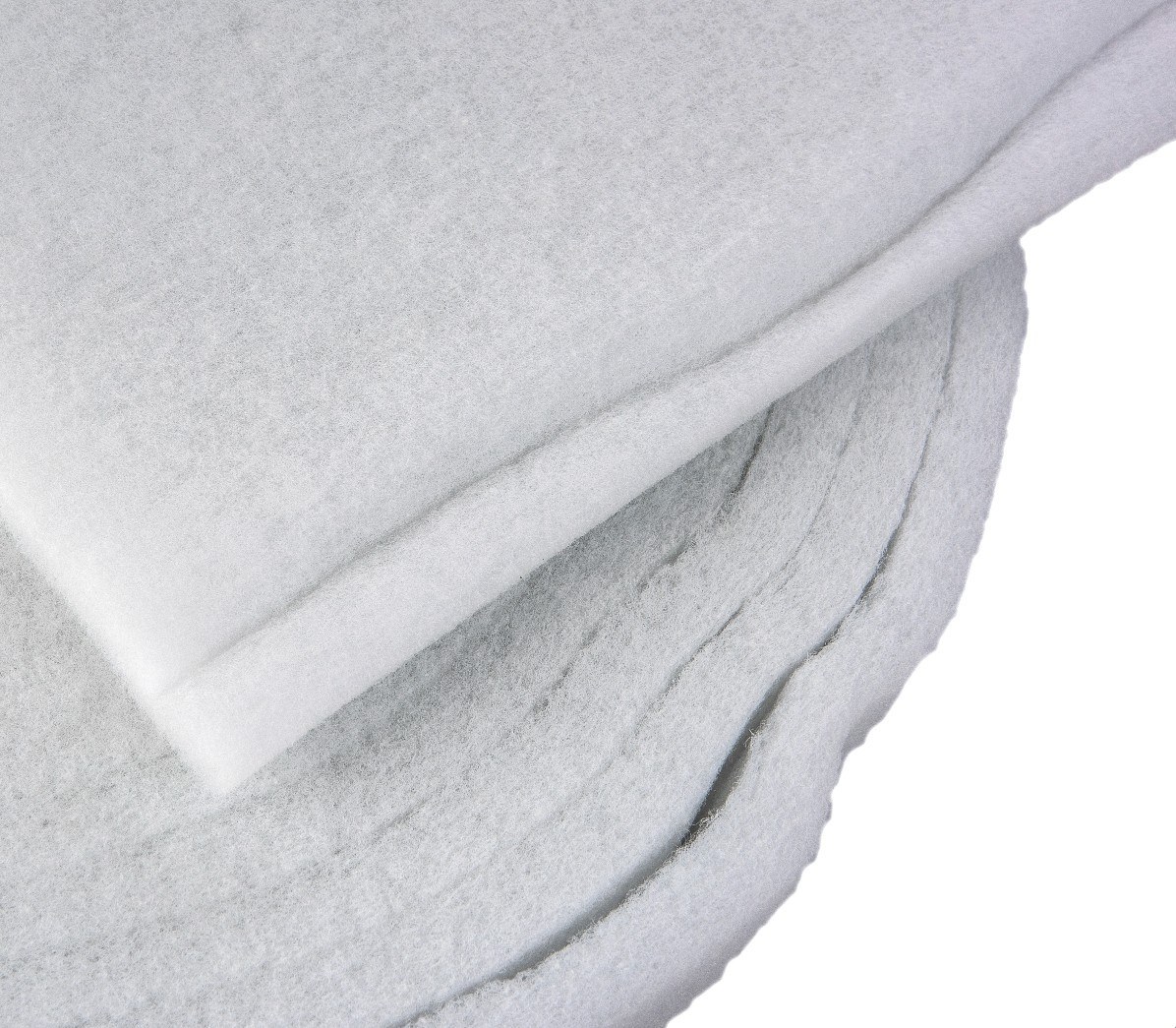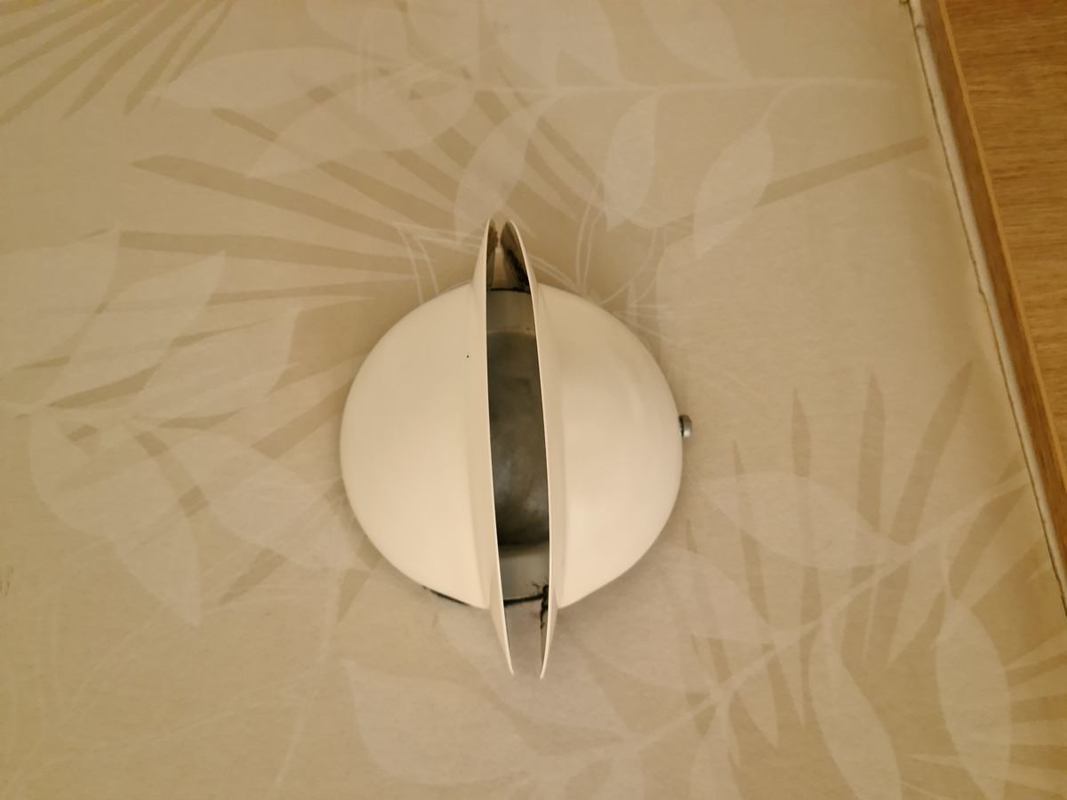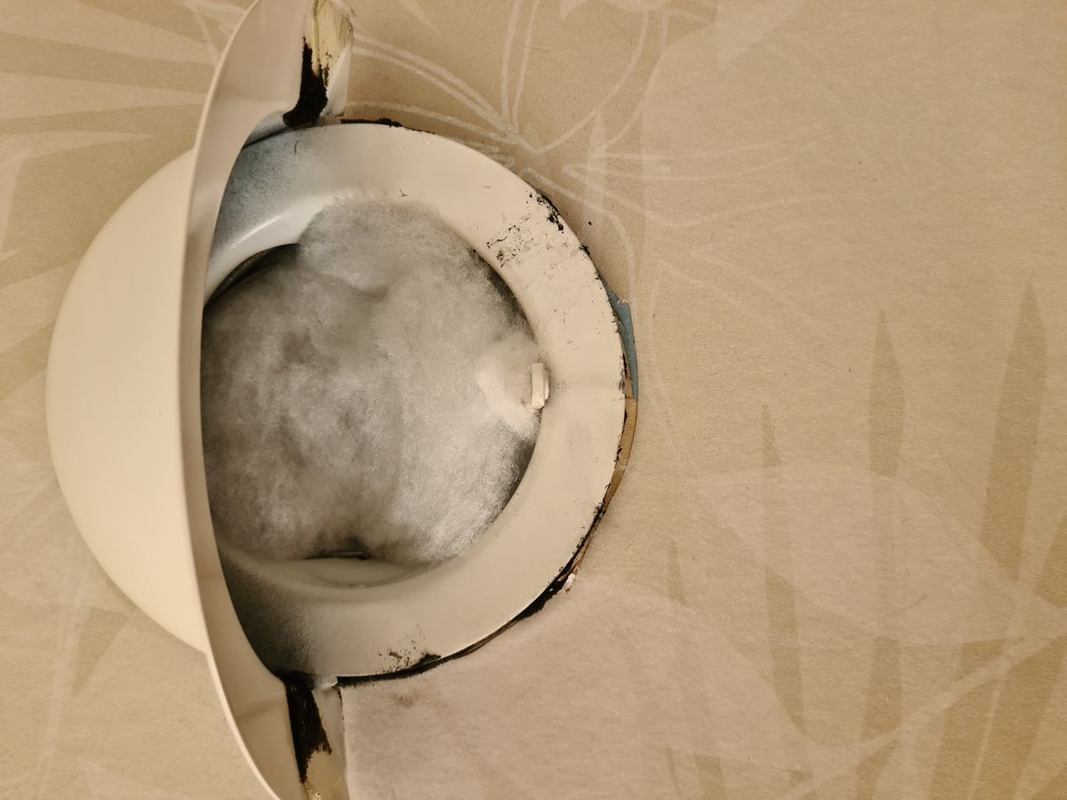How can you soundproof noise from ventilation ducts?
Ventilation ducts are a common source of disturbing noise in both residential and commercial properties. As the ducts run through several rooms and floors, they act as sound amplifiers, allowing conversations, noise, and other sounds to travel easily. This can create an unpleasant indoor environment that affects both productivity and well-being.
Many buildings have ventilation systems that are not soundproofed from the outset, which means that sound waves can travel unhindered through the pipes. This leads to echoes, amplified sound levels, and an environment where unwanted noise spreads. For those who live in apartments, work in offices, or spend time in other premises where ventilation noise is disruptive, this can have a negative impact on concentration, well-being, and even sleep quality.
The solution is to use effective soundproofing measures that reduce sound transmission in the ventilation system. Reducing noise significantly improves the indoor environment, which can lead to a better working environment, higher quality of life, and a more relaxed atmosphere. In addition, soundproofing ventilation ducts can help buildings meet applicable noise requirements and work environment standards.
The benefits of soundproofing ventilation ducts
Better indoor environment and increased comfort
Reducing noise from the ventilation system creates a quieter and more comfortable indoor environment. This is particularly important in homes, offices, schools, hospitals, and other public environments where concentration and well-being play a major role.
Improved working environment and productivity
Noise from ventilation can be a constant distraction in workplaces and reduce efficiency. By reducing noise levels, sound insulation contributes to a better working environment where employees can work more undisturbed and focused.
Better sleep quality in homes
Ventilation noise that disturbs sleep can be one of the biggest annoyances in homes. By soundproofing ventilation ducts, you can create a quieter and more peaceful sleeping environment, leading to better sleep and increased well-being
Complies with noise standards and regulations
Many buildings are subject to noise level regulations. By soundproofing the ventilation system, you can ensure compliance with these guidelines and create a working and living environment that meets modern noise requirements.
Optimized sound quality in sensitive environments
In theaters, auditoriums, recording studios, and other sound-sensitive environments, it is crucial to minimize ventilation noise in order to maintain optimal acoustics. Soundproofing ventilation ducts is an important measure to ensure that sound quality in these environments remains high.
Reduced sound transmission between rooms and floors
Ventilation ducts often act as sound carriers, which means that conversations and noise can easily spread between different parts of a building. By installing sound-absorbing materials, you can prevent sound from being transported through the ventilation system and thus increase the privacy of the rooms.
SilentDirect Air – an effective solution for soundproofing ventilation ducts
To effectively reduce noise from ventilation ducts, SilentDirect Air offers an advanced sound absorber developed to dampen sound without affecting airflow. With an innovative design that captures and absorbs sound waves in the ventilation system, you can create a significantly quieter indoor environment without compromising ventilation functionality.
SilentDirect Air is ideal for homes, offices, commercial buildings, and specialized acoustic environments such as recording studios or theaters. By choosing a reliable and proven solution, you ensure long-lasting and effective sound attenuation that contributes to a more harmonious indoor environment.









